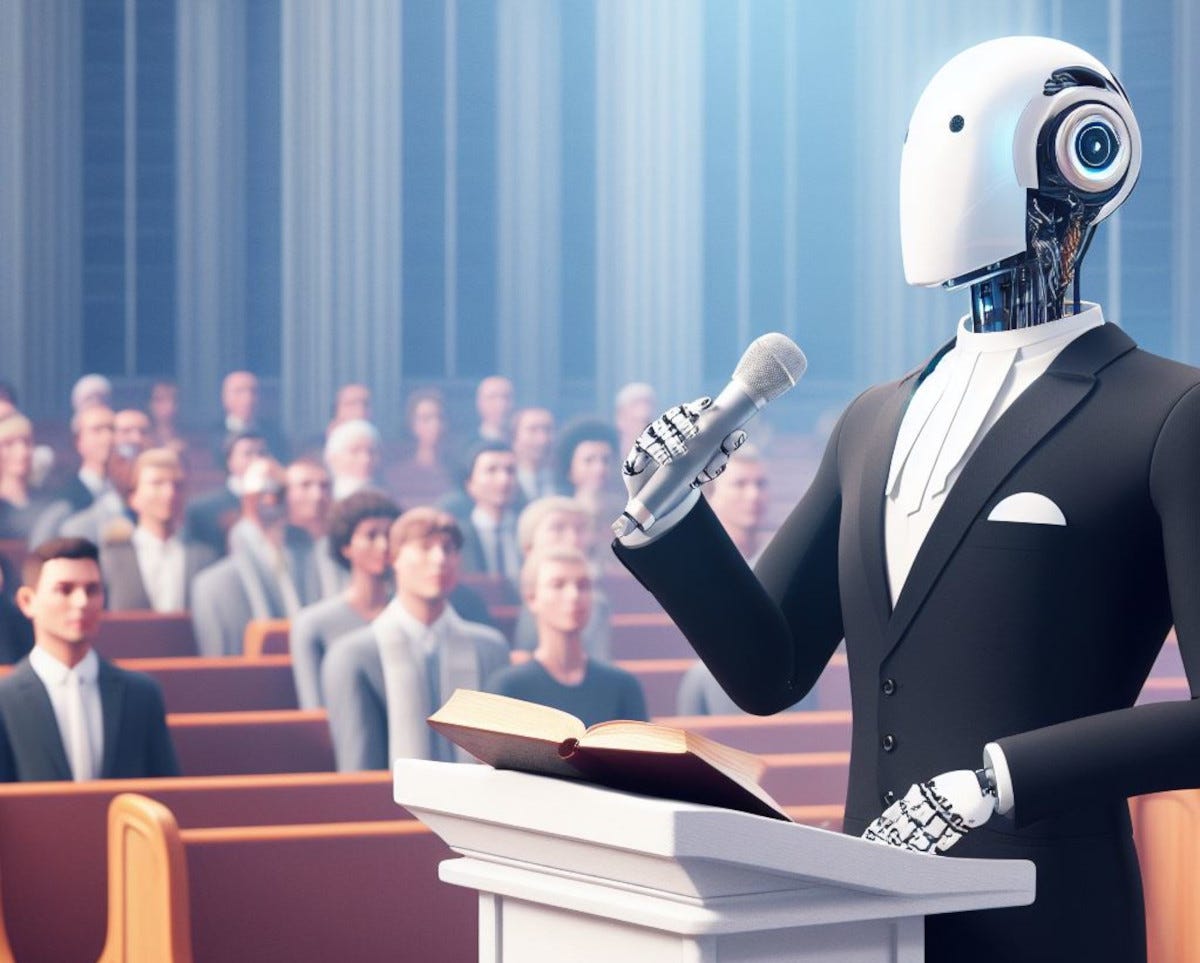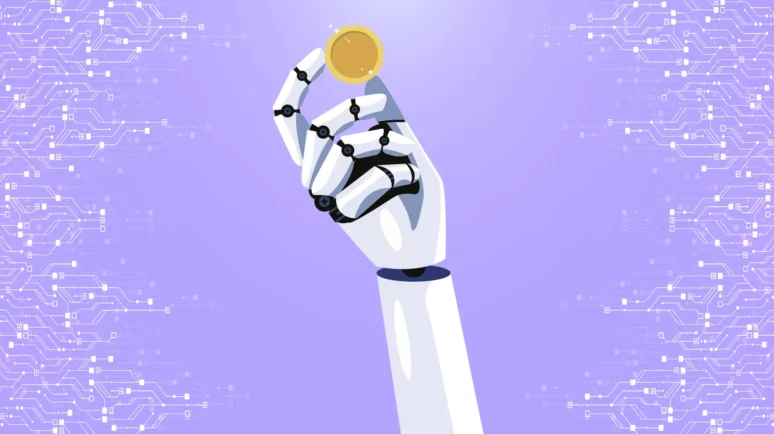· 3 min read
AI in the Pulpit
Exploring the benefits and concerns regarding the future of using AI to preach and worship in faith communities

German Church Experiments with Digital Preaching
A fascinating development is unfolding in a Bavarian church where artificial intelligence has taken on an unprecedented role: delivering sermons from the pulpit. In response to declining numbers of pastors, this German congregation has embraced technology by implementing an AI avatar to conduct a 40-minute service, complete with prayers, sermons, and musical accompaniment.
The service attracted over 300 attendees, with some waiting up to an hour to secure front-row seats. The AI-generated content was reportedly 98% machine-created, with minimal human intervention. The system works by receiving basic prompts about the service context and theme, then generating appropriate religious content accordingly.
This development has sparked an important debate within Christian communities:
Arguments in Favor:
- Addresses the shortage of pastoral staff
- Makes services more accessible and modern
- Could potentially reach younger, tech-savvy generations
- Provides consistency in message delivery
- Offers a solution for understaffed churches
Arguments Against:
- Lacks emotional connection and personal touch
- May diminish the human aspect of spiritual leadership
- Questions about authentic spiritual guidance
- Concerns about the sacramental nature of ministry
- Speed and delivery issues noted by attendees
- Congregation members had mixed reactions. While some appreciated the novelty and technical achievement, others noted the absence of emotional depth and personal connection. One attendee specifically mentioned that the delivery was too monotonous and quick, leaving little time for reflection.
This raises profound questions about the future of religious services and the role of technology in spiritual practices. While technology can certainly augment religious practice, the question remains: Can an AI truly fulfill the pastoral role that has traditionally been deeply personal and human?
The experiment highlights the tension between preserving traditional religious practices and adapting to modern challenges. As churches continue to face declining numbers of clergy, such technological solutions may become more common, though their appropriateness and effectiveness remain subjects of ongoing discussion within religious communities.
Whether this represents a temporary experiment or a glimpse into the future of religious services, it certainly prompts important discussions about the intersection of faith, technology, and human connection in religious practice.
If God can speak through burning bushes and donkeys (as in Biblical accounts), could He potentially speak through AI as well?
Does the use of AI in preaching diminish the Holy Spirit’s role in inspiring spiritual leaders?
Could AI-led services actually help remove human bias and ego from religious teaching, or does it add a different kind of bias?
Is the personal relationship between a pastor and their congregation essential to spiritual growth, or is the message itself what truly matters?
How might AI-led services impact the sacramental aspects of worship, such as communion and baptism?
Could AI potentially reach people who are uncomfortable with traditional human-led religious settings?
If AI can perfectly quote scripture and provide theologically sound teaching, does the lack of lived human experience matter?
Does the use of AI in religious services reflect a lack of faith in God’s provision of human leaders, or is it a tool He’s provided for modern times?
How might the role of prayer and divine inspiration be affected when sermons are generated by algorithms rather than through human meditation and spiritual preparation?
Could AI-led services actually encourage more human interaction by freeing up human leaders for more personal ministry?
What are your thoughts on these questions? How do they align with your understanding of faith and technology’s role in spiritual matters?



